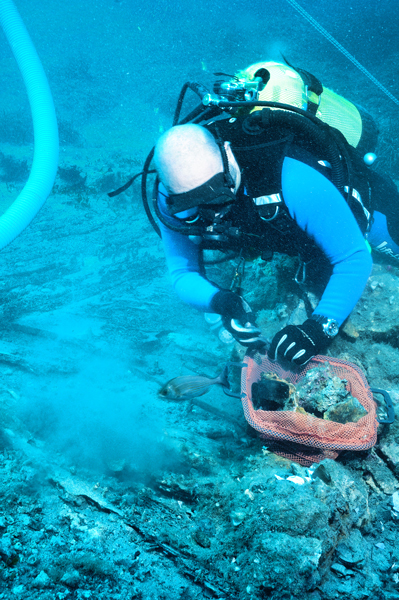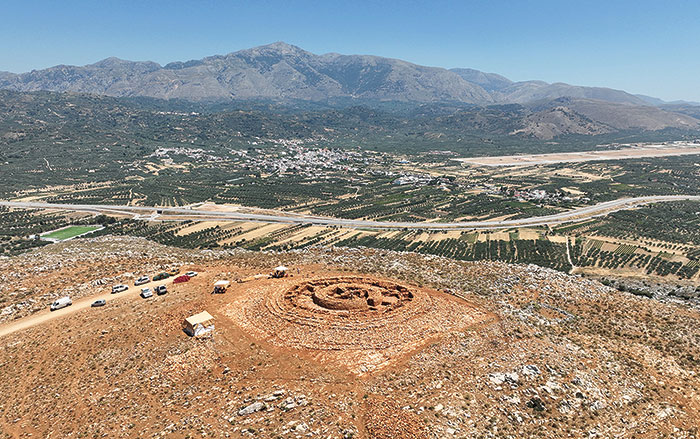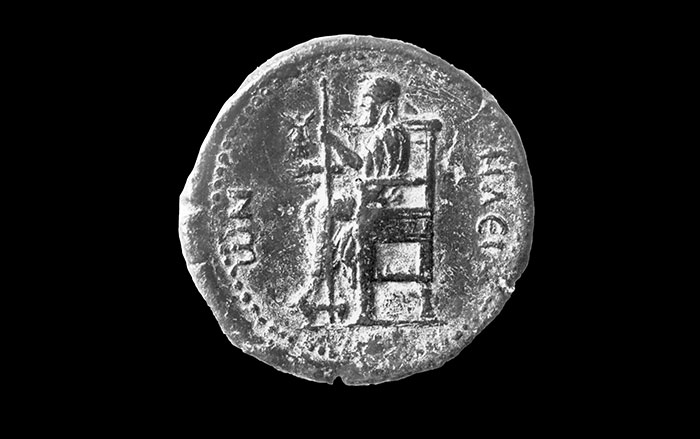
 In 1802, the first of the sculptures from the Parthenon began their journey aboard the brig Mentor, a ship purchased by Thomas Bruce, the 7th Earl of Elgin, to transport them back to London. But the sculptures nearly didn't reach their destination. In September of that year, the Mentor sank in stormy weather off the Greek island of Kythera carrying 17 crates of sculpture, including extensive sections of the temple's frieze. It took a team of local sponge divers nearly two years to salvage all the crates. The effort financially crippled Bruce, ultimately forcing the sale of the sculptures to the British Museum, where they now reside. However, speculation has remained as to whether any of the Parthenon's sculpture still lies undiscovered on the ocean floor.
In 1802, the first of the sculptures from the Parthenon began their journey aboard the brig Mentor, a ship purchased by Thomas Bruce, the 7th Earl of Elgin, to transport them back to London. But the sculptures nearly didn't reach their destination. In September of that year, the Mentor sank in stormy weather off the Greek island of Kythera carrying 17 crates of sculpture, including extensive sections of the temple's frieze. It took a team of local sponge divers nearly two years to salvage all the crates. The effort financially crippled Bruce, ultimately forcing the sale of the sculptures to the British Museum, where they now reside. However, speculation has remained as to whether any of the Parthenon's sculpture still lies undiscovered on the ocean floor.
Over the past 40 years, several explorations have focused on the site, including one led by Jacques Cousteau in 1975. This past July, a team of Greek archaeologists returned to the wreck, but once again failed to turn up any evidence of long-lost pieces of the Parthenon. The investigation did, however, recover artifacts that reflect the lifestyle and customs of early-nineteenth-century merchants and sailors, including cookware, pistols, ammunition, and various maritime instruments. The team also found three ancient coins—two silver and one bronze—among the ship's ballast stones.
While the debate continues over whether the Parthenon sculptures rightly belong in London or Athens, the wreck of the Mentor provides insight into their transport and highlights the tenuous nature of their survival.











